Cape San Blas Lighthouse
This is a quick post about a fascinating lighthouse that’s been through a lot in its 175-year lifetime. On our second pass through Port St. Joe, Florida, we were able to get inside the gift shop to read about its rebuilds, redesigns and finally its relocation from the hurricane-prone Cape San Blas.
Click on the first photo in each group and scroll to see the square photos at full size.
To start at the beginning of this series, visit Seeking the Sun 2023.
Another Re-do
This morning we left the St. Marks area for Panama City Beach. We made a stop in Port St. Joe on our way through three years ago (The Scenic Route), but the weather was dismal and the lighthouse museum and gift shop were closed. This time since the quaint little town was right along our route again and it was a perfect day in early March, we decided to give it another try. It’s pretty easy to tell which photos were taken on which trip!
A Complicated Past!
“Cape San Blas is a 750-acre section of land that juts out into the hurricane prone Gulf of Mexico from the crook of the narrow St. Joseph’s peninsula, located near the town of Port St. Joe, Florida. A dangerous shoal extends out five to six miles from Cape San Blas creating a major navigational hazard to ships traveling along the coast during the 19th and 20th centuries. To warn seafarers of the hazard, in 1847 Congress appropriated $8,000 for a lighthouse. Two years later (1849) a conical brick tower was completed. The signal from the 85-foot high structure could be seen for 10 miles offshore.” READ MORE (or paraphrased below)
•1851 a storm destroys the lighthouse. •1857 a new brick lighthouse was erected, then the wooden parts of the tower and both keepers’ houses were burned by Confederates in the War Between the States. •1865 the lighthouse was returned to operation. •1869 the Lighthouse Board reports beachfront is eroding swiftly and needs protection from the sea’s encroachment. By 1875 the water is within 150 feet, by 1882 the tower stood in eight feet of water. •1883 the Lighthouse Board approves the erection of a 98 foot skeletal tower which has eight cast iron legs bolted into a concrete foundation – allowing less resistance to wind and waves and reducing the weight on the soft, sandy earth.
The Problems Continue
The skeletal tower was built up north and shipped to the Cape, but the ship sank. Due to the mostly shallow water, most of the tower was salvaged and delivered. The third-order Fresnel lens was lit in 1885 but erosion again took its toll. Before it could be moved again, a powerful storm in 1894 left it damaged and standing in water. The decision was made to move the lighthouse, but funds ran out. 1905 a third-order bi-valve (or “clam shell”) lens was made of over two hundred cast-glass prisms. At 101 feet, the electric beacon could be seen for 16 miles.
Hands Changed Again, and Again
•1918 the tower was moved one quarter mile inland and lit in 1919. •1952 the Coast Guard assumed custody of approximately one-third of the peninsula. •1972 the lighthouse was automated, keeper’s quarters left unattended to deteriorate. •1996 the lighthouse was deactivated, and two years later more hurricane damage. •1999 the U.S. Air Force assumes responsibility for the keeper’s dwellings which were moved near the tower. Both dwellings were eventually refurbished for use by USAF. •2012 the Cape San Blas Lighthouse District was closed due to the continued rapid erosion of the coast. •2012 USAF moved the two Keepers’ Quarters and the Oil Shed inland to prevent imminent destruction.
Finally a Permanent Home
•2013 the City of Port St. Joe receives Constructive Possession of the Cape San Blas Lighthouse District, with the U.S. Coast Guard retaining ownership of the third order Fresnel Lens. •2014 the Cape San Blas Lighthouse, two Keepers Quarters’, and Oil Shed were relocated to Core Park in Port St. Joe to preserve each structure in perpetuity. •2014 The Cape San Blas Lighthouse at Port St. Joe opened to visitors. •2015 the Cape San Blas Lighthouse District was listed on the National Register of Historic Places.
The 98-foot Skeletal Tower up Close
We could have gone up the 131 stairs inside the tower for a small fee, but from past experiences I don’t do well in tight, hot spaces. I opted out because, although this was an absolutely gorgeous day with a cool bay breeze, I don’t see many windows in that tube!
Historic Move to Safety
“Over the last six years, Florida’s Cape San Blas Lighthouse became threatened by the constant eroding of the beach along the Gulf of Mexico. When that threat caused the tower to be in imminent danger, in July, 2012, the Cape San Blas Lighthouse was added to the “Lighthouse Digest Doomsday List of Endangered Lighthouses”.
Two of the former keepers’ homes two-story frame houses – were even closer to the water than the tower. Officials knew that one more serious storm could send them into the ocean and they would be lost forever. Plans got underway to secure funding to save the historic lighthouses and the keepers’ homes.
Interestingly, there were those who felt that the light should stay on the Cape, but it was the city of Port St. Joe, Florida that managed to raise the money through various grants to move the light to a public park in Port St. Joe.” ~ READ MORE about the move at Lighthouse Digest | September, October 2014 (or on the pages below)
“On July 15, 2014, the big move started… The entire distance covered was 12.3 miles and was the longest move of an intact lighthouse in the United States. Right on schedule, at 5:00 pm the convoy pulled into Port St. Joe near the George Core Park which was to be the new home for the lighthouse and its out-buildings. Obviously, a large crowd was there to give a cheer to the dozen or more house-mover employees who led the historic move.”
Over the next few days, the houses were rearranged and were eventually refurbished to house a gift shop and a museum with artifacts and photos of the history of this amazing lighthouse. Preparation for the lift actually took longer than it took the three construction cranes to lift the tower onto the special concrete pads, just to make sure that all went as planned. Of course another crowd gathered to watch the process and gave one last cheer when the tower was secure in its new home!
A Stroll around George Core Park
The museum was closed this time too, but the gift shop was open to read about the move and hear a few great stories. Last time we were here in the rain, we weren’t too excited about walking around the grounds, but on this gorgeous day we absolutely were. And this time the small pond showed off some lovely reflections that I love so much. Visit this link for more photos.
Time for a Break!
After a great visit, we had lunch al fresco at the Quattro Locos Tacos and Cantina (right on 98 near the lighthouse). Sometimes when we make a quick stop on these trips, we can take the one time and done approach. But when we left Port St. Joe, we knew we had to dig a little deeper. I’m so glad we did!
Up next: A Return to PCB
Happy trails,
Barb

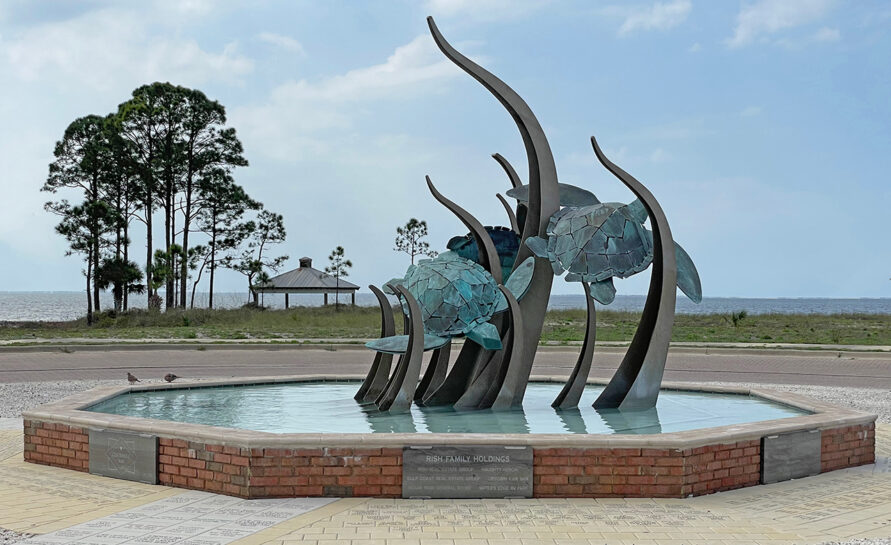

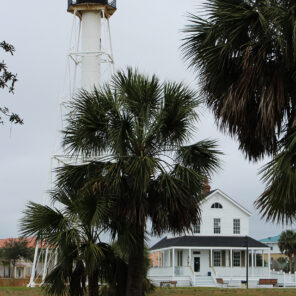
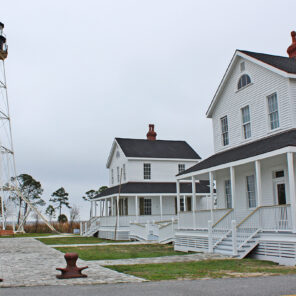
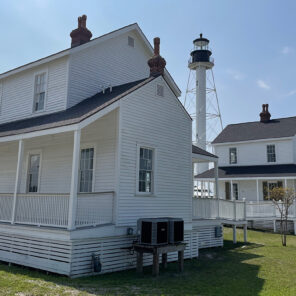
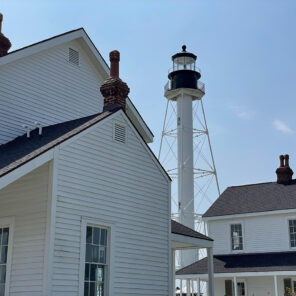

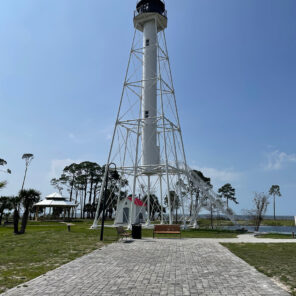
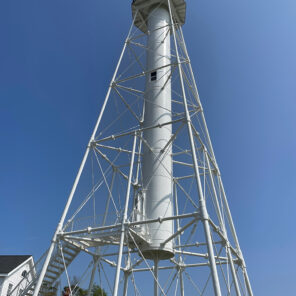
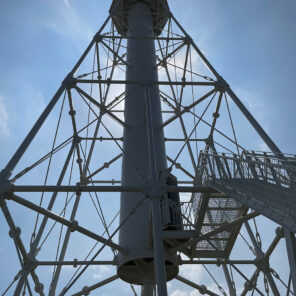
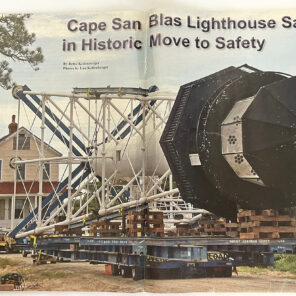
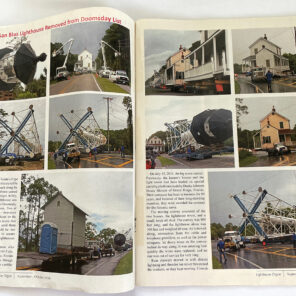
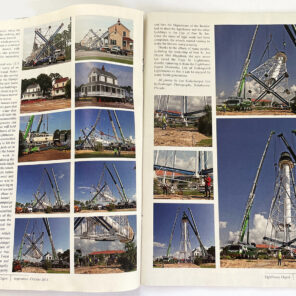
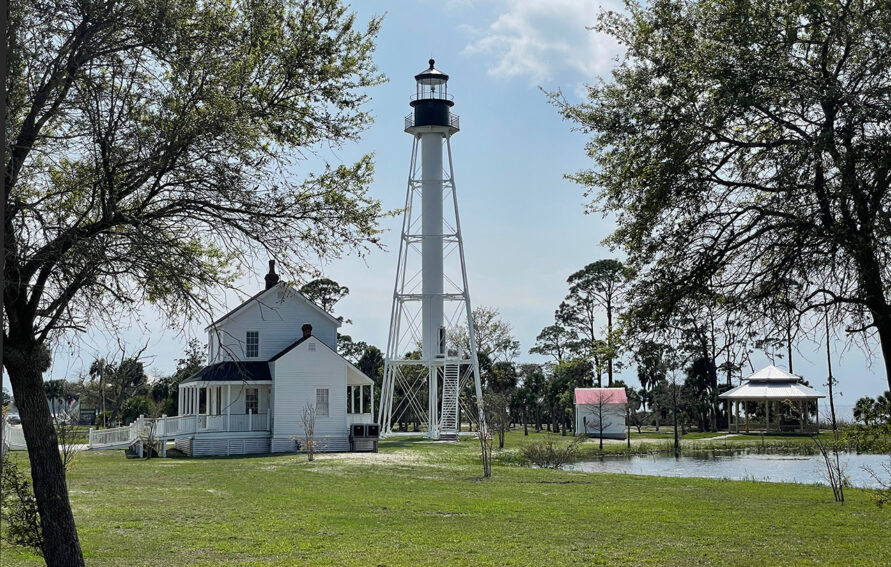
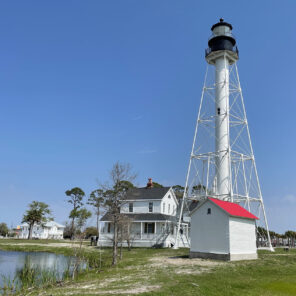
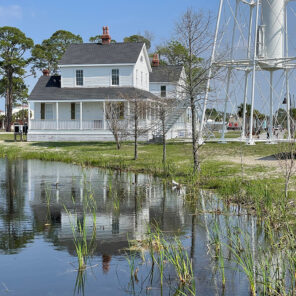
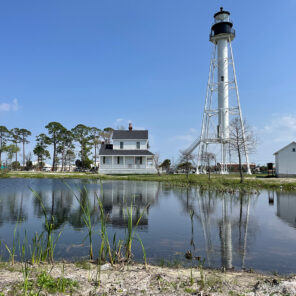


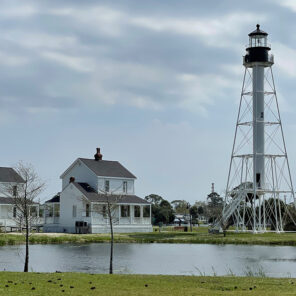


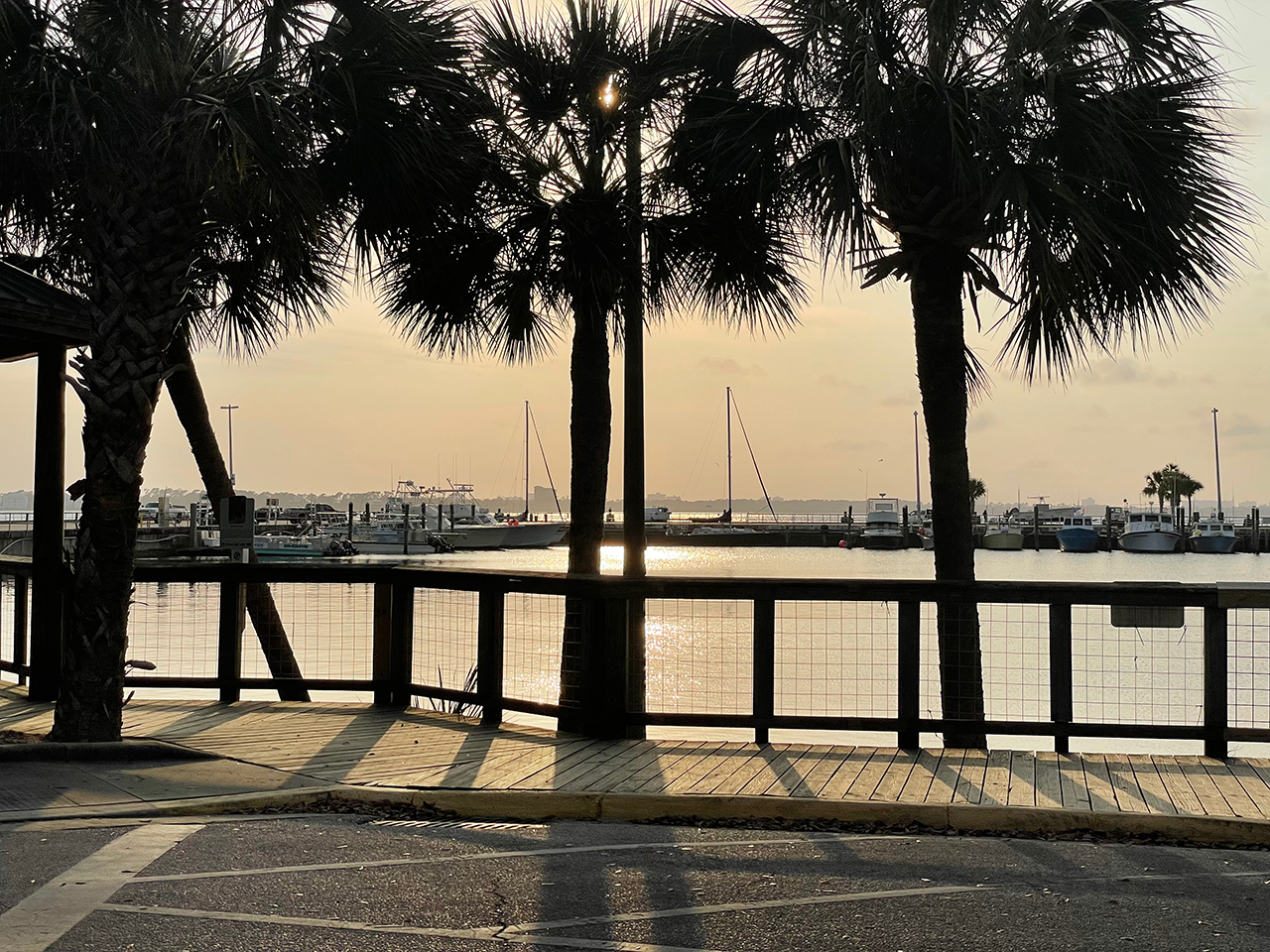



Comments are closed here.